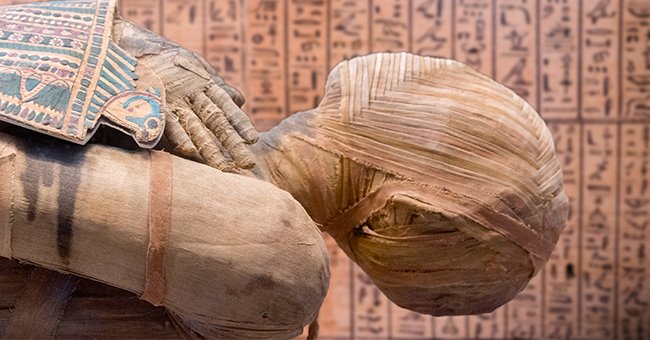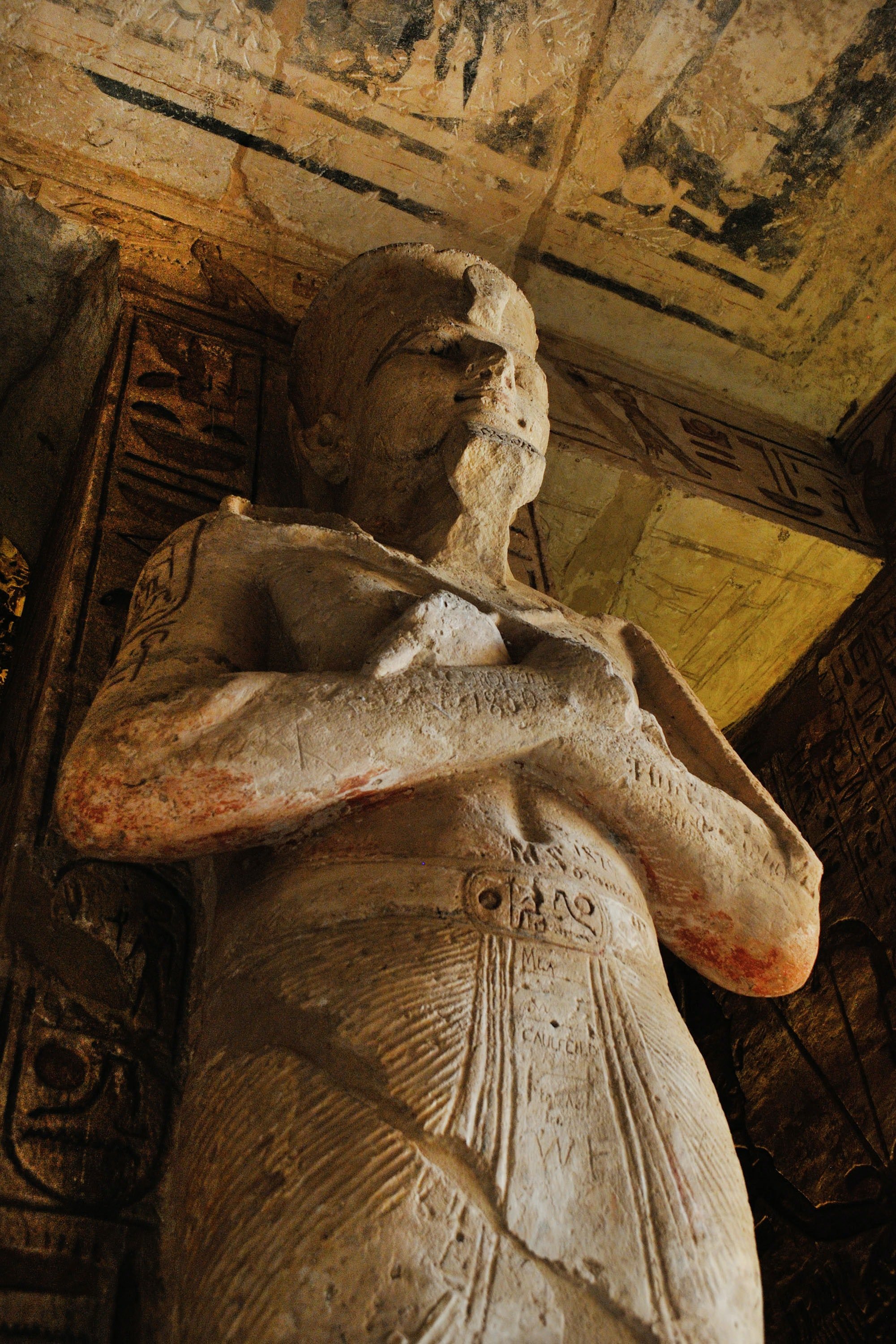
Scientists Discover First Pregnant Mummy That Was Thought to Be a Priest
Polish scientists at the Warsaw Mummy Project made a shocking discovery after seeing a tiny foot during a scan of one of the mummy's abdomen.
Mummies from Ancient Egypt have been the objects of Polish scientists' research since 2015, and recently, the group has found that one of the bodies has been harboring a shocking secret.
Whilst scanning a mummy that was thought to be a priest, the researchers saw a little foot in the body's abdomen pointing toward the fact that the mummy was pregnant at the time of her death.

An Egyptian mummy. | Source: Pexels/ Roxanne Shewchuk
FROM PRIEST TO PREGNANT
Marzena Ożarek-Szilke, anthropologist and archaeologist from the Faculty of Archaeology of the University of Warsaw, and her team of scientists were on the verge of closing their investigation on the mummy when they saw something peculiar.
The mummy belongs to the University of Warsaw and has been on loan at the National Museum for further investigation. Ożarek-Szilke elaborated on the moment of finding the fetus, saying:
"We had the last look at the images and noticed a familiar image for parents of three children in the deceased woman's abdomen: a tiny foot."
IDENTITY CONFUSION
This particular mummy has been the source of confusion since its first arrival in Poland in 1826. Upon arriving in Warsaw, it was believed that the body was female, but later, evidence was discovered that proved otherwise.
100 sealed and intact mummies were found, along with 40 statues of deities, ornate sarcophagi, and gilded masques.
During the 1920s, an inscription on the sarcophagus showed the name of an Egyptian priest, Hor-Djehuty, who was a male. However, as technology developed, the body's bone structure was examined, showing the body to be female.
PREGNANT WOMAN
The latest discovery undoubtedly proves that the body was indeed female, one that was carrying a fetus. Data so far indicates that she aged between 20 and 30 and died during the 1st Century BC.
The fetus's head circumference measurements show that it was between 26 and 30 weeks. The cause of death is unknown with the scientists looking into it. The report concerning the mummy reads:
"Presented here is the only known example of a mummified pregnant woman and the first radiological images of such a foetus."
NEW RESEARCH
This discovery is a cause for excitement in the field of research concerning ancient times as it allows the opportunity for further research into pregnancy and maternity in the years gone by.
All of this information has been found without unwrapping the woman's body, with the scans showcasing the woman's breasts and long curly hair that lay down to her shoulders.
While the pregnant mummy remains an amazing find, more ancient mummies and antiquities are still being uncovered in Egypt, with the most recent unveiling happening last year.
Late in 2020, 100 sealed and intact mummies were found, along with 40 statues of deities, ornate sarcophagi, and gilded masques. This was labeled the biggest find of the year.
